how to choose wet concrete cast line
News 2024Õ╣┤7µ£ł24µŚź 57
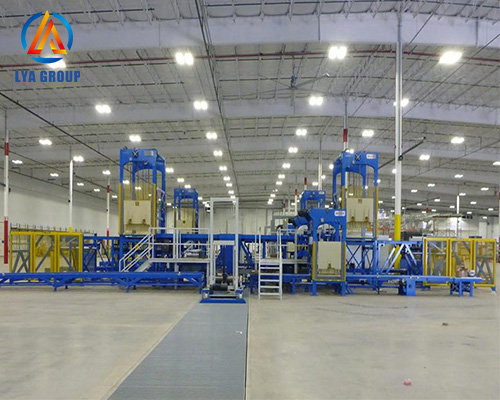
When choosing a wet concrete cast line, which typically refers to a production line for wet cast concrete products, it’s important to consider several factors. Here are some key points to help guide your decision-making process:
Product Range: Determine the specific wet cast concrete products you plan to manufacture, such as concrete slabs, pavers, retaining wall blocks, or decorative elements. Ensure that the cast line you choose is capable of producing the desired range of products in terms of size, shape, and design.
Production Capacity: Assess your production requirements in terms of volume and speed. Consider factors like market demand, target output, and growth potential. Choose a cast line that can meet or exceed your production capacity needs, ensuring efficient and timely manufacturing.
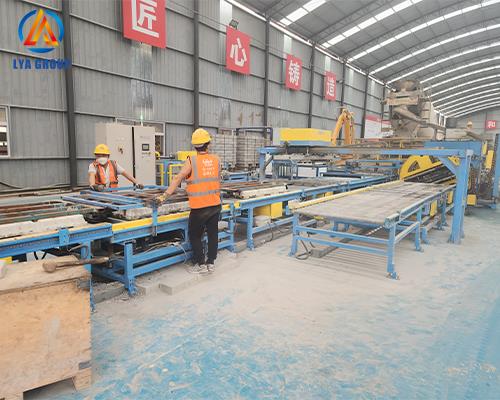
Automation Level: Evaluate the level of automation you desire for your production line. Wet cast concrete production lines can range from manual to fully automated systems. Manual systems require significant labor, while automated systems provide higher productivity and efficiency. Consider your budget, available workforce, and desired level of automation.
Equipment and Machinery: Assess the quality and performance of the equipment and machinery included in the wet concrete cast line. Look for robust and reliable machines such as concrete mixers, molds, vibrating tables, and demolding systems. Ensure that the equipment is designed for wet cast concrete production and can deliver consistent and high-quality results.
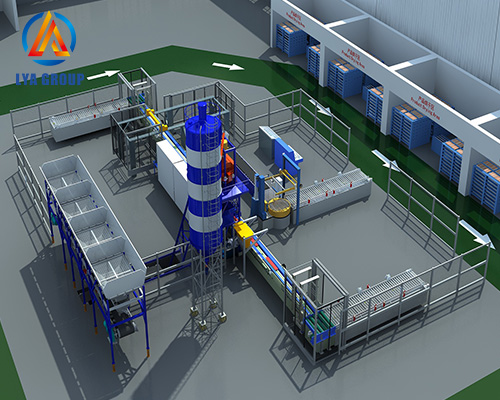
Flexibility and Customization: Consider the flexibility of the cast line to adapt to changing market demands or product variations. Look for systems that allow easy mold changes and adjustments to accommodate different product designs or sizes. Flexibility in customization can be advantageous for meeting customer requirements and expanding your product offerings.
Quality Control: Evaluate the quality control mechanisms and features of the cast line. Consider systems that enable consistent and accurate dosing of concrete mixtures, proper compaction, and curing processes to ensure uniformity and durability of the final products. Look for integrated quality control measures such as automatic weighing systems and monitoring devices.
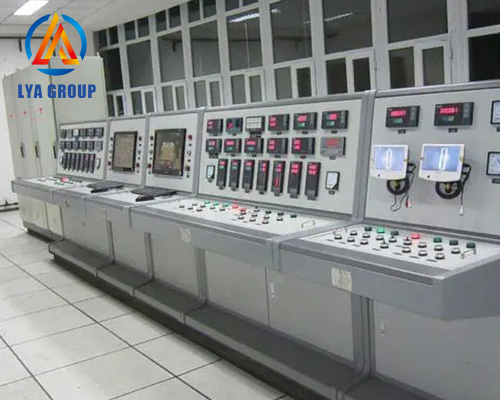
Maintenance and Service: Assess the manufacturer’s after-sales support and service offerings. Look for a manufacturer that provides comprehensive technical support, training, and readily available spare parts. It’s important to have access to prompt assistance and maintenance services to minimize downtime and maximize productivity.
Cost and Return on Investment: Consider the initial investment cost of the wet concrete cast line and evaluate the potential return on investment (ROI). Calculate the cost per unit produced and compare it with the market prices. Assess the payback period and long-term profitability to ensure the investment aligns with your financial goals.
Energy Efficiency: Look for energy-efficient features and technologies in the cast line. Energy-efficient equipment can help reduce operational costs and environmental impact. Consider features such as variable speed drives, optimized power consumption, and recycling systems.
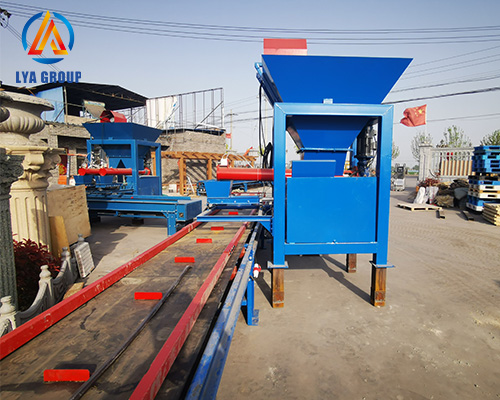
Safety and Compliance: Ensure that the cast line meets safety standards and regulations. Look for features like safety guards, emergency stop buttons, and ergonomic designs that prioritize worker safety. Compliance with local regulations and industry standards is essential for a safe and reliable production environment.
It’s advisable to research different cast line manufacturers, visit their facilities, and consult with industry experts to make an informed decision. Additionally, consider the reputation and track record of the manufacturer to ensure reliability and customer satisfaction.
When choosing a wet concrete cast line, which typically refers to a production line for wet cast concrete products, it’s important to consider several factors. Here are some key points to help guide your decision-making process:
Product Range: Determine the specific wet cast concrete products you plan to manufacture, such as concrete slabs, pavers, retaining wall blocks, or decorative elements. Ensure that the cast line you choose is capable of producing the desired range of products in terms of size, shape, and design.
Production Capacity: Assess your production requirements in terms of volume and speed. Consider factors like market demand, target output, and growth potential. Choose a cast line that can meet or exceed your production capacity needs, ensuring efficient and timely manufacturing.
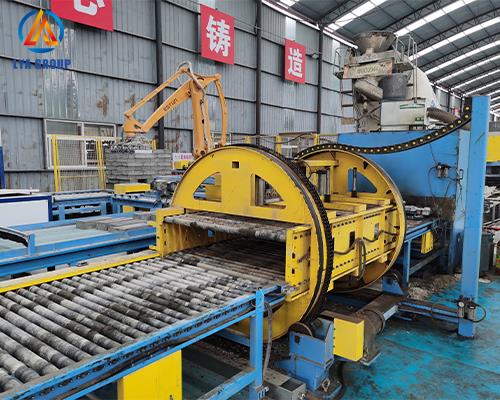
Automation Level: Evaluate the level of automation you desire for your production line. Wet cast concrete production lines can range from manual to fully automated systems. Manual systems require significant labor, while automated systems provide higher productivity and efficiency. Consider your budget, available workforce, and desired level of automation.
Equipment and Machinery: Assess the quality and performance of the equipment and machinery included in the wet concrete cast line. Look for robust and reliable machines such as concrete mixers, molds, vibrating tables, and demolding systems. Ensure that the equipment is designed for wet cast concrete production and can deliver consistent and high-quality results.
Flexibility and Customization: Consider the flexibility of the cast line to adapt to changing market demands or product variations. Look for systems that allow easy mold changes and adjustments to accommodate different product designs or sizes. Flexibility in customization can be advantageous for meeting customer requirements and expanding your product offerings.
Quality Control: Evaluate the quality control mechanisms and features of the cast line. Consider systems that enable consistent and accurate dosing of concrete mixtures, proper compaction, and curing processes to ensure uniformity and durability of the final products. Look for integrated quality control measures such as automatic weighing systems and monitoring devices.
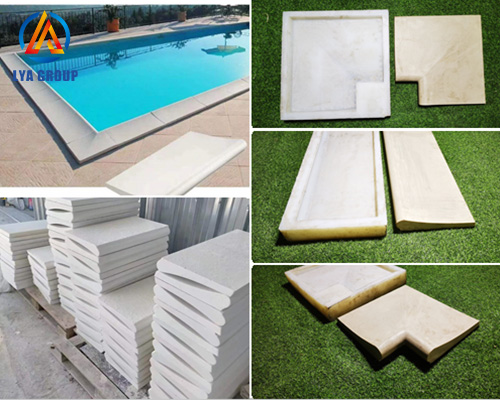
Maintenance and Service: Assess the manufacturer’s after-sales support and service offerings. Look for a manufacturer that provides comprehensive technical support, training, and readily available spare parts. It’s important to have access to prompt assistance and maintenance services to minimize downtime and maximize productivity.
Cost and Return on Investment: Consider the initial investment cost of the wet concrete cast line and evaluate the potential return on investment (ROI). Calculate the cost per unit produced and compare it with the market prices. Assess the payback period and long-term profitability to ensure the investment aligns with your financial goals.
Energy Efficiency: Look for energy-efficient features and technologies in the cast line. Energy-efficient equipment can help reduce operational costs and environmental impact. Consider features such as variable speed drives, optimized power consumption, and recycling systems.
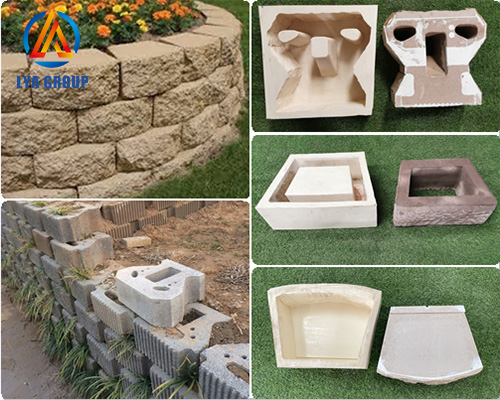
Safety and Compliance: Ensure that the cast line meets safety standards and regulations. Look for features like safety guards, emergency stop buttons, and ergonomic designs that prioritize worker safety. Compliance with local regulations and industry standards is essential for a safe and reliable production environment.
It’s advisable to research different cast line manufacturers, visit their facilities, and consult with industry experts to make an informed decision. Additionally, consider the reputation and track record of the manufacturer to ensure reliability and customer satisfaction.
